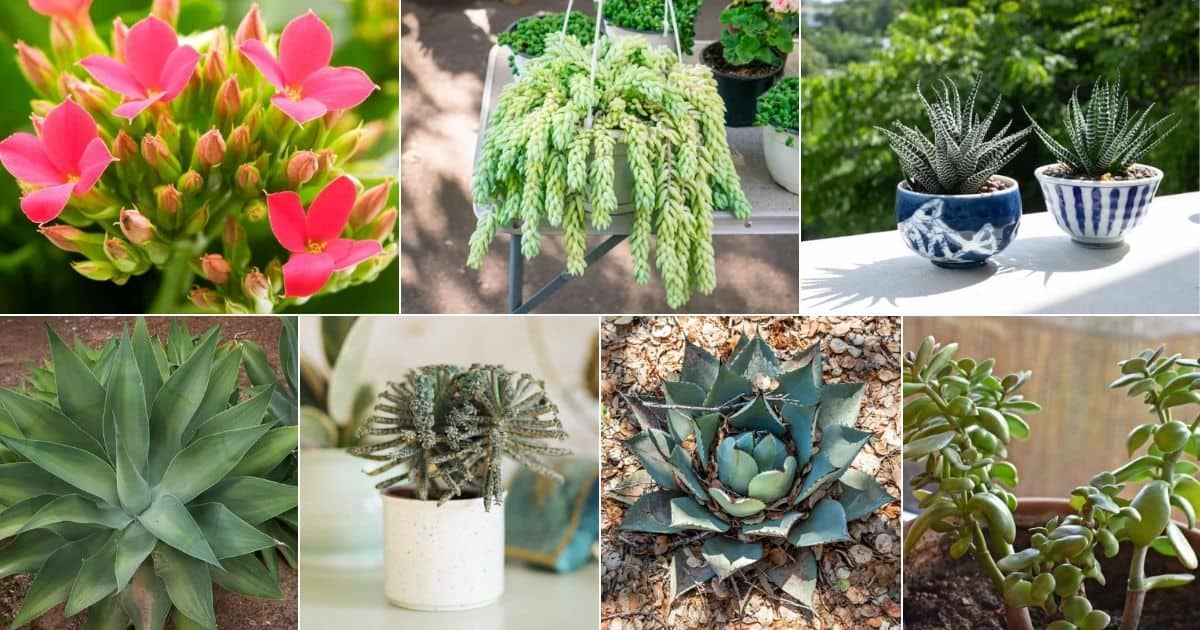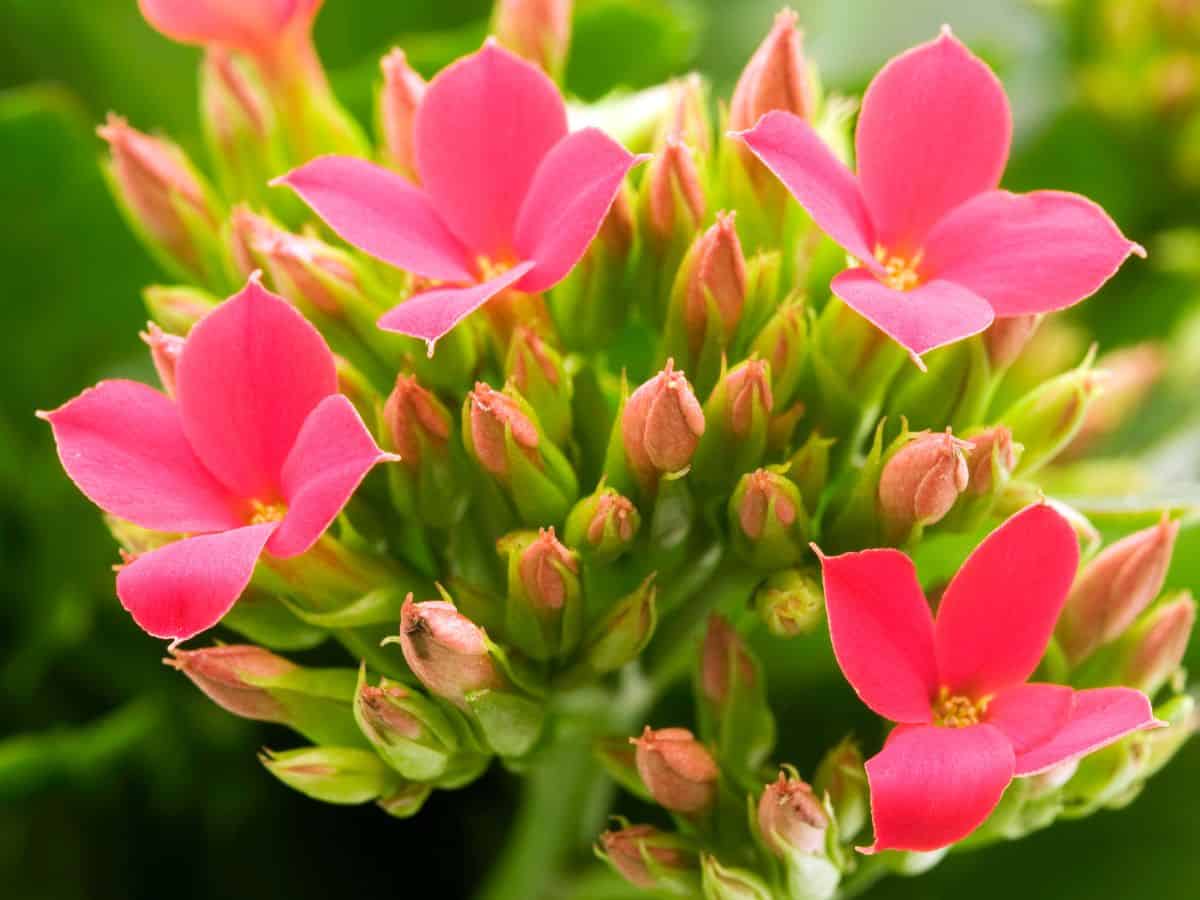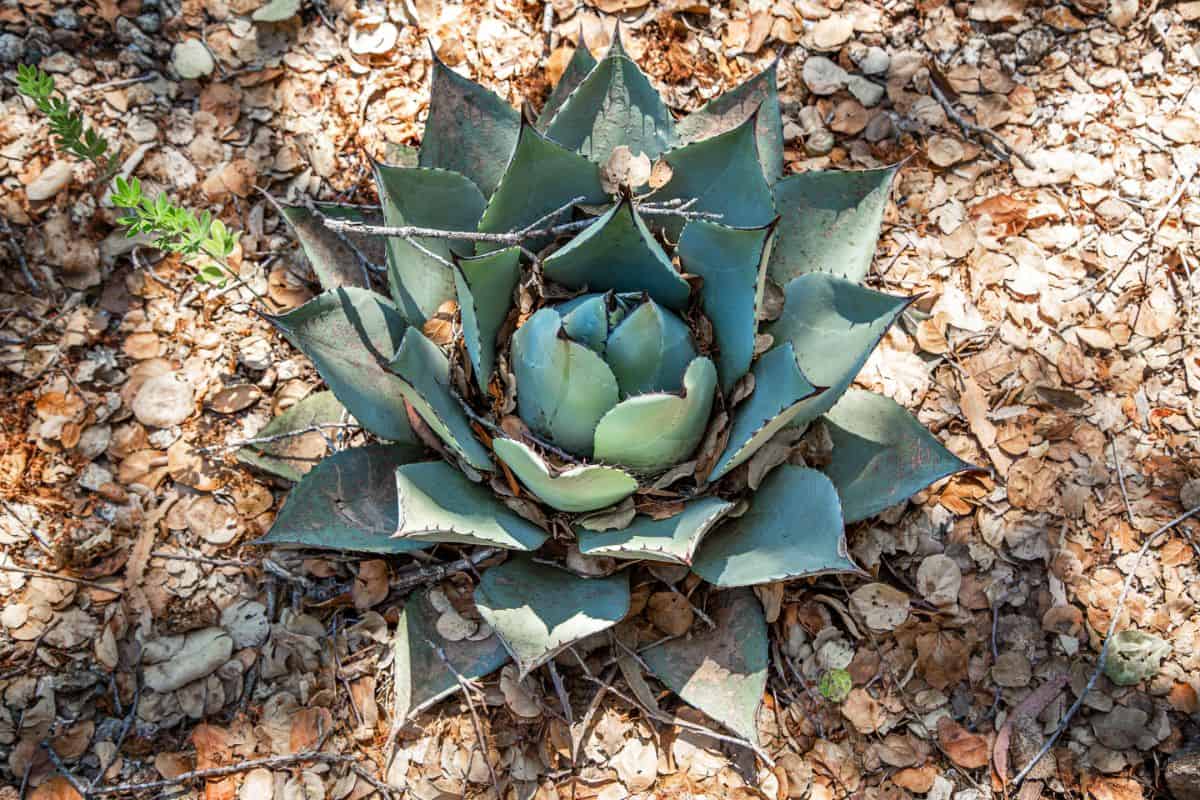I don't exactly have a green thumb...

Worry not, my friend, everyone has to start somewhere. We have compiled a list of succulents that are both pleasing to the eye, and easy on beginners. Many of these can be found at your local hardware store, and the rest are certainly common enough to find at a plant nursery (or online). Should you successfully tend to these seven plants, you will be ready to move on to more uncommon, difficult species!
Read Also: 15 Gorgeous Flowering Succulents
Jump to:
1. Kalanchoe

Buy it from:
A personal favorite of mine - these are the plants that kickstarted my love for succulents. My botany professor gave everyone a Kalanchoe diagramontiana at the beginning of the semester. It was a competition to see who could grow theirs the largest. I didn't win... but now I have so many succulents, so I'm still a winner.
Anyway! Kalanchoe are probably the easiest plant to grow. They practically thrive on neglect. They grow relatively quickly for a succulent, and with very little care. If you reduce their watering, they begin to produce buds on the edges of their leaves that grow roots and fall off. They propogate themselves!
Read Related Article: 7 Easy DIY Succulent Projects

If you want a more showy Kalanchoe, try the blossfeldiana. It's renowned among gardeners for having some of the longest blooming flowers in the plant world! You'll probably recognize it once you see it, they're a fairly ubiquitous plant. Their flowers come in all different colors.
Read Related Article: 6 Great Succulent Sites
2. Echeveria

Buy it from:
Echeveria are some of the most varied succulents out there! Just about the only similarity they all share is their characteristic spiraling rosette. This Echeveria lola is a common choice for beginners because they are easily acquired and inexpensive. They require more sunlight than your average succulent, and are sensitive to cold, so keeping them in a very sunny window or under a grow lamp is necessary!
No products found.
Due to ease of propagation, smaller Echeveria plants are often used as accents in succulent arrangements and planters.
Read Also: 12 Must Have Succulent Books
3. Agave

Buy it from:
Many Agave species are best suited to outdoor gardens, as they can grow quite large. They also tend to be quite spiny, which makes them a danger to children and pets. If you've been to the Southwest United States or to Mexico, you've no doubt seen Agave americana.
Read Related Topic: 5 Tips for Succulent Planters
Fortunately, there are some species that do well indoors too! Look for Agave bracteosa (which is sometimes mistaken for the non-succulent spider plant) and Agave attenuata - they tend to be smaller and have less spikes.

Remember that this genus of plants is pretty slow-growing and hands-off. If you're a very hands-on kind of gardener who is not content to leave their plants alone, you might want to skip this one.
4. Aloe

Buy it from:
You knew this one was coming. Many of us had an Aloe vera growing on the windowsill above the kitchen sink when we were young. Their sap is a well-known remedy for minor burns and sunburns. What you didn't know was that there are many varieties of Aloe - all of them easy to grow! They have a surprising amount of variation - spots, stripes, and speckles between their spined leaves (a sexy succulent, certainly).
Check out Aloe variegata (above) and Aloe juvenna (below). It's hard to believe they are in the same genus! It's hard to grow wrong with an aloe. They are not picky - they'll do well in just about any window. And every now and then they will treat you to pretty orange or pink flowers.

5. Crassula

Buy it from:
One of the most common succulents is Crassula compacta, the jade plant. These plants are incredible - they grow relatively quickly for succulents, propagate easily, and have many potential applications. They work really well in landscaping, xeriscaping, and even in creating bonsai!
Jades are pretty hard to kill; if you somehow manage it, you can simply take a cutting and replant it. We'd be surprised if you ever had to buy one. Chances are, someone you know has one in their home or garden and wouldn't mind giving you a few leaves to propagate. Of course, there is a certain degree of venerability these plants achieve as they age. You often hear enthusiasts comparing the ages of their eldest Crassulae.
6. Sedum morganianum

Buy it from:
Colloquially called "burro's tail", they do indeed resemble the tail of a donkey. If unchecked, they may take over the pot they are in, so don't be afraid to prune them back. Try putting them in a hanging pot with other vine succulents!
There are many other varieties of Sedum that hardly look like succulents because of their large, bright compound flowers. These work well in gardens, but grow a tad too large to be considered for indoors.
7. Haworthia

Buy it from:
Last but not least is the Haworthia. This is a staple of the succulent genre; the perfect window plant or centerpiece. Most Haworthia species are bright, striking plants that come in green and white. They are sometimes confused with Aloe because of their similar structure and coloration, but Haworthia generally don't have spines. Not only are they easy to take care of, but they often bud and propagate themselves - providing you with new baby plants to use in arrangements or give as gifts. They are common enough that you will probably find them at a hardware store, but please don't buy any succulents that are painted neon colors. Aside from being tacky, it's bad for the plant because it covers their stomata.
What easy plants would you recommend for beginners? Comment below!

